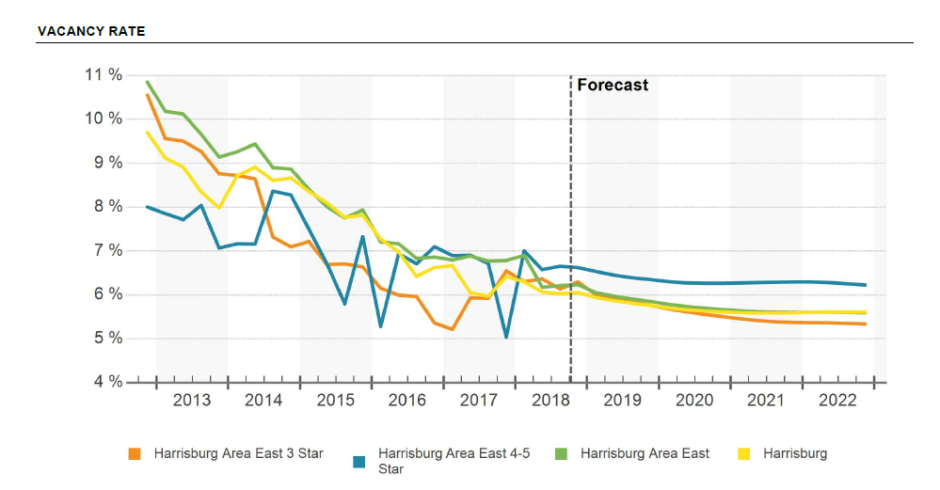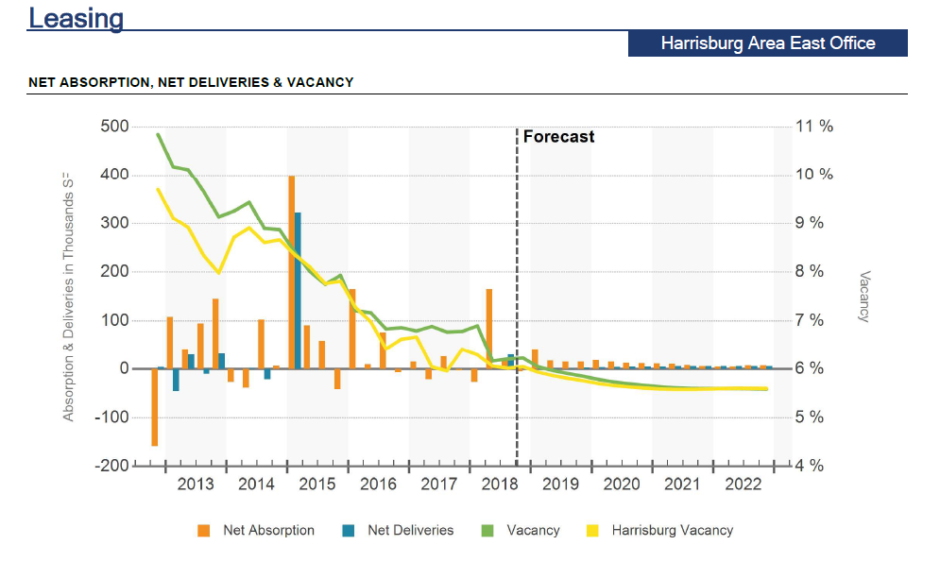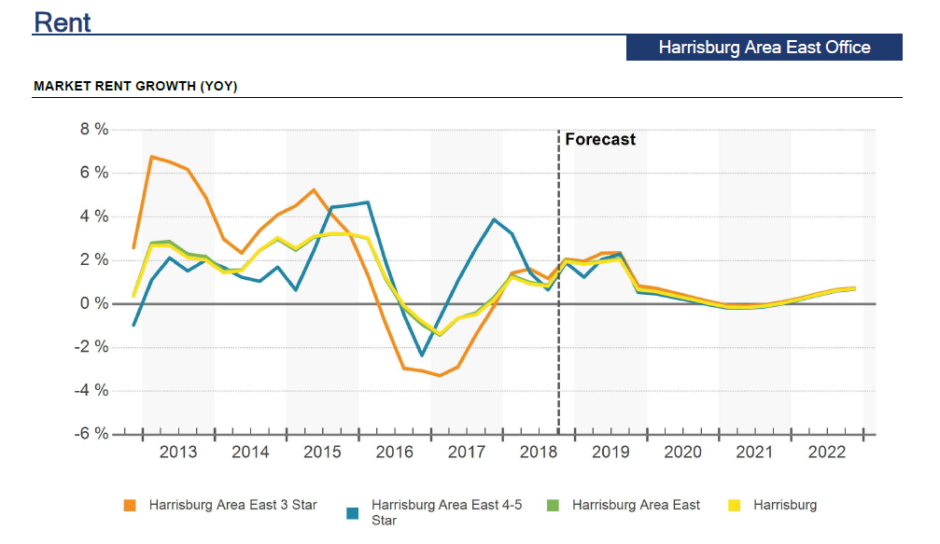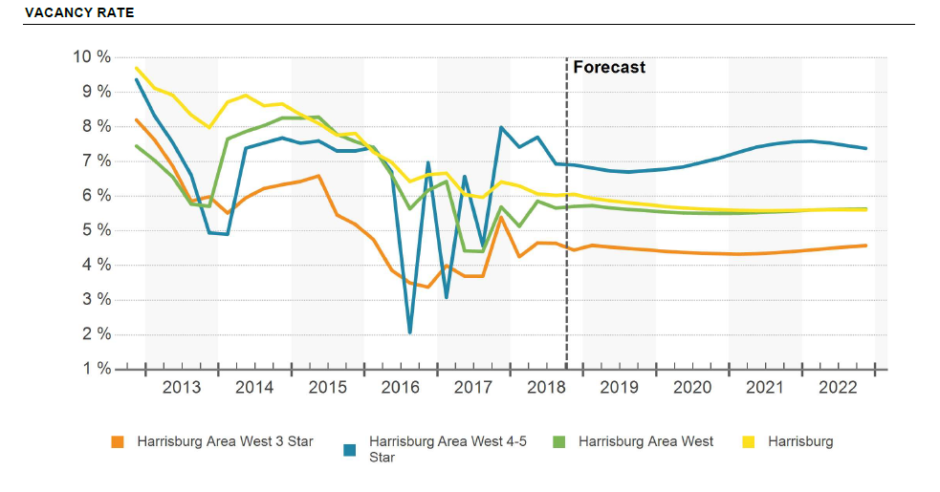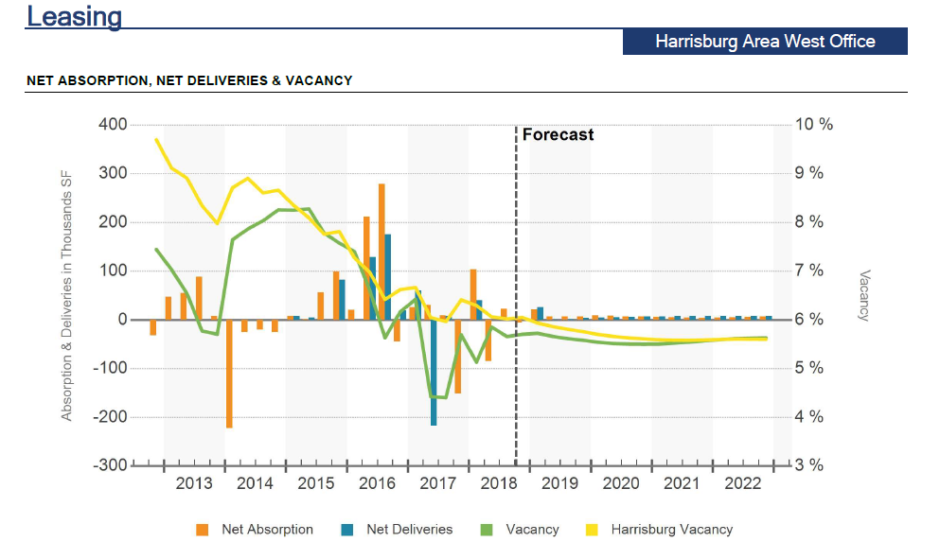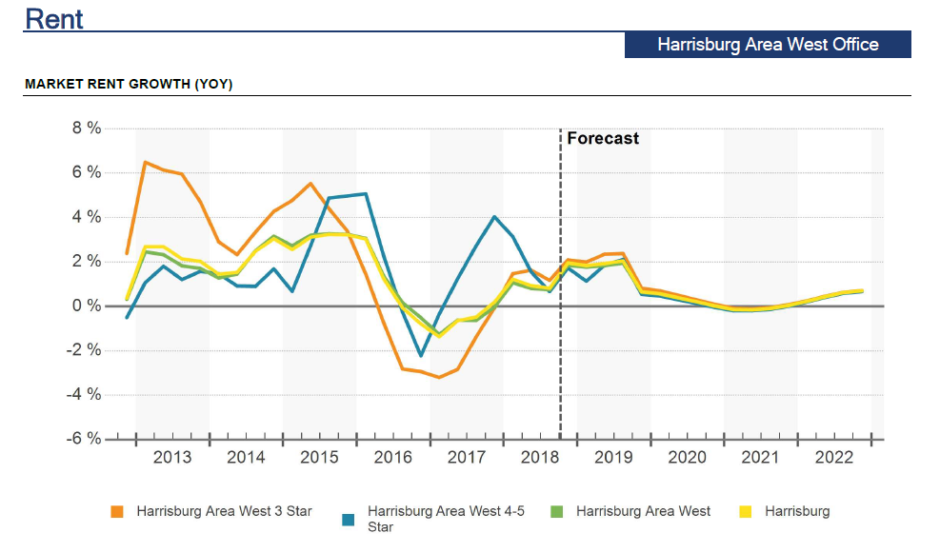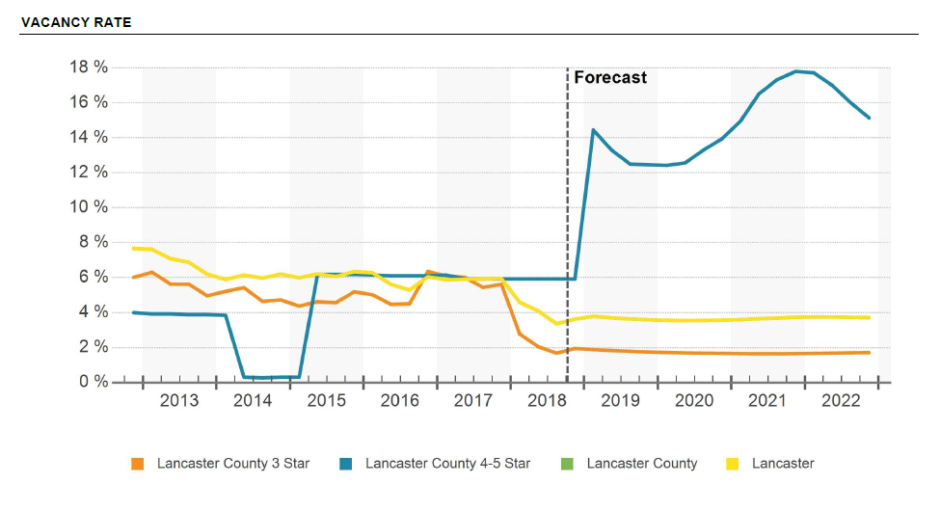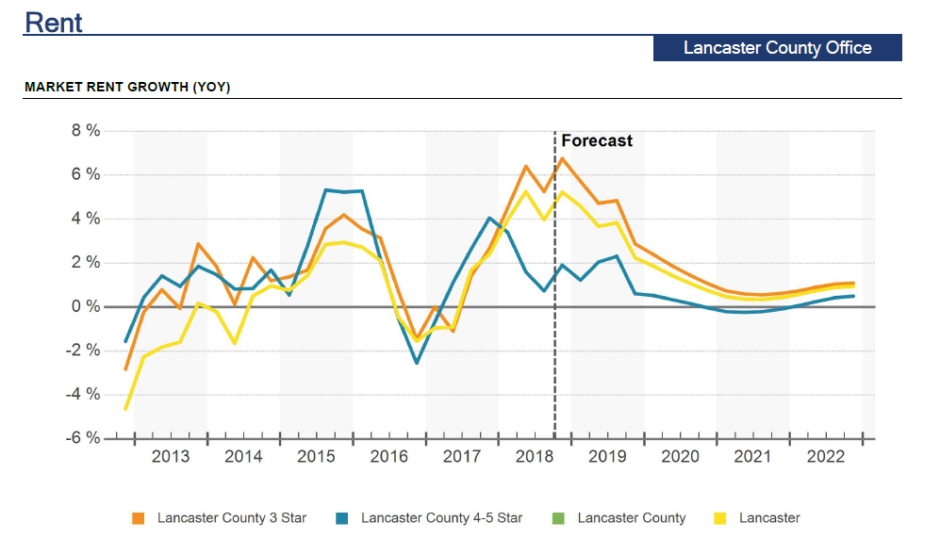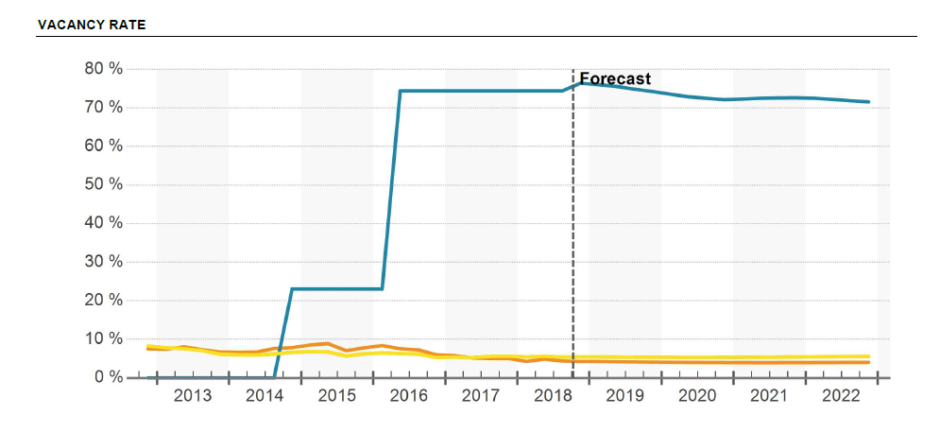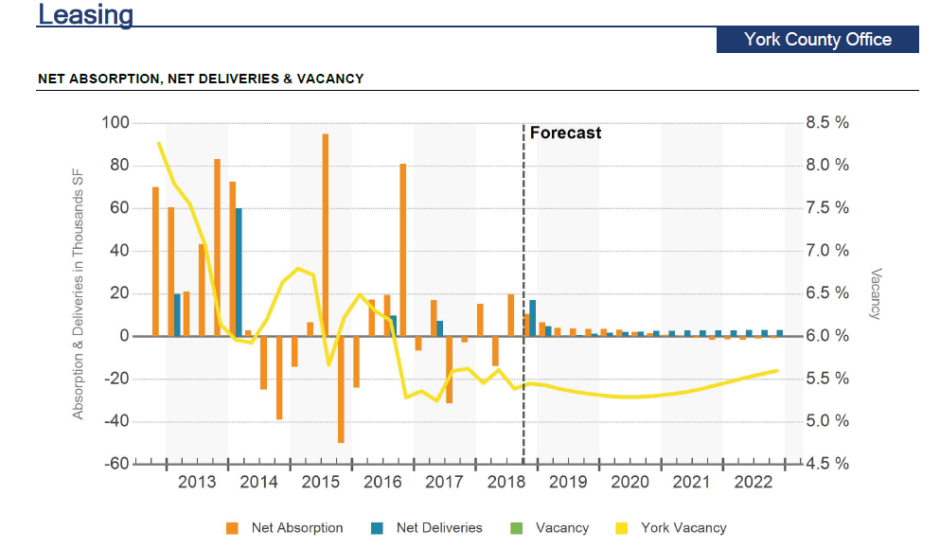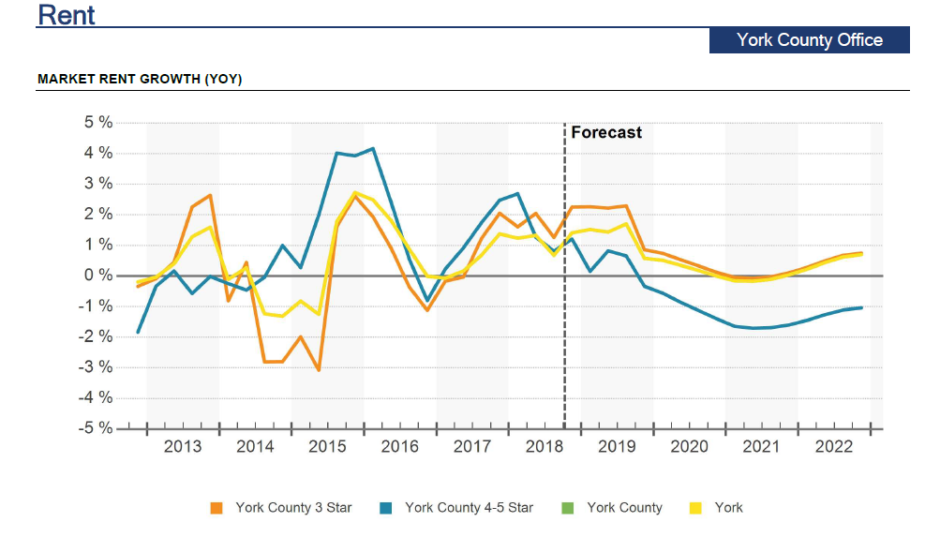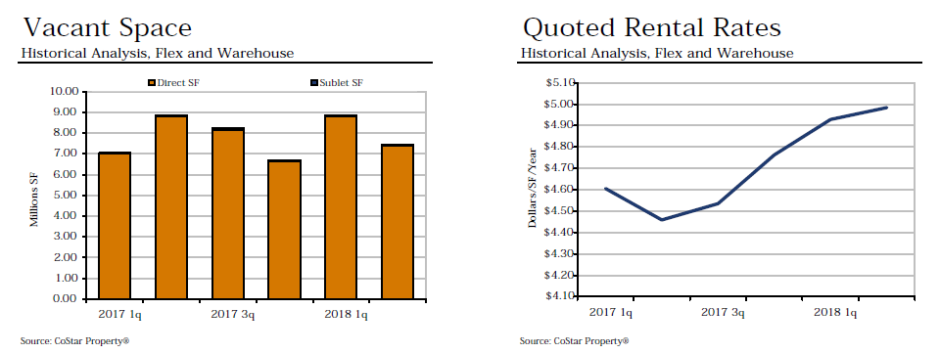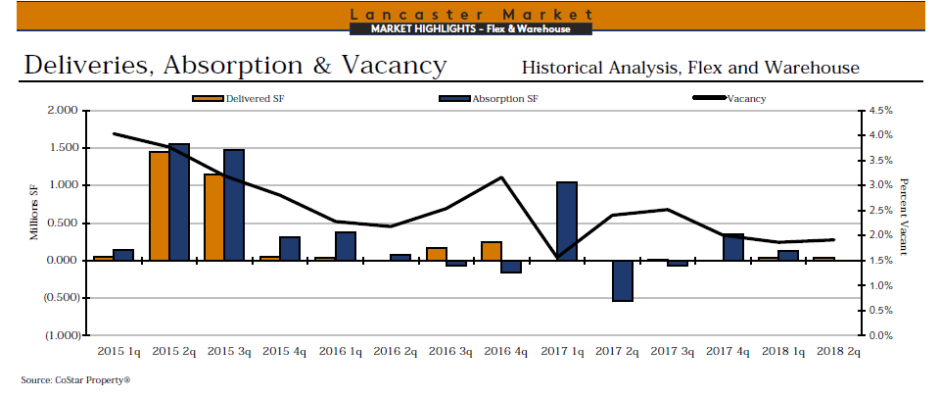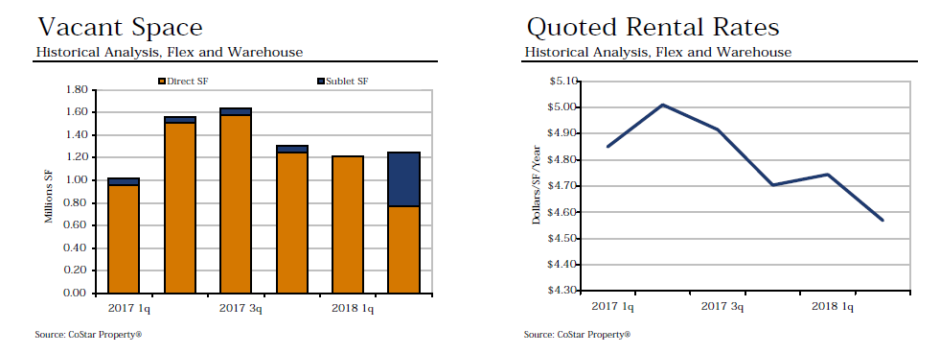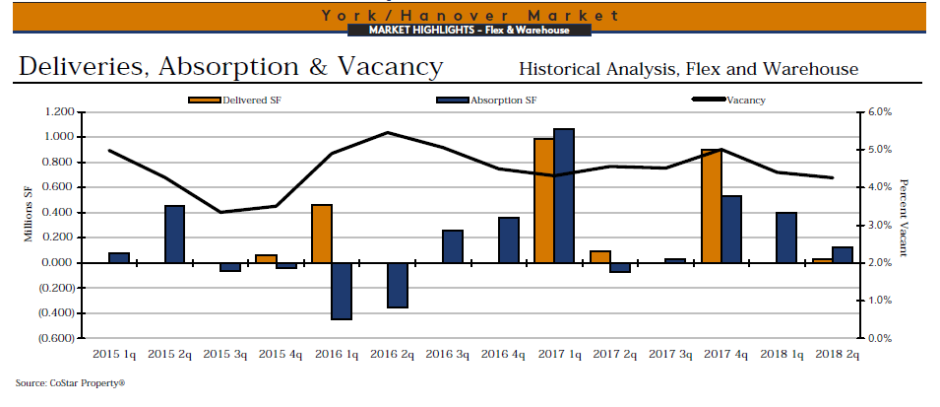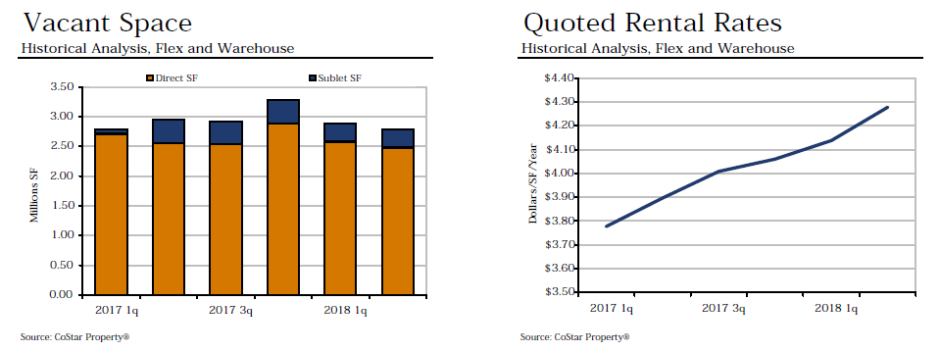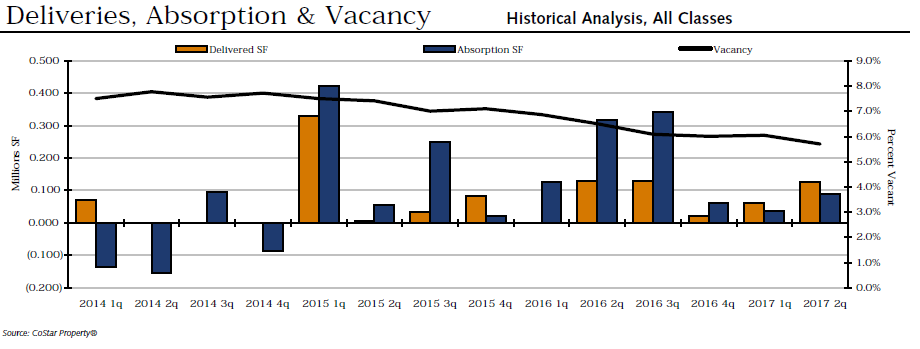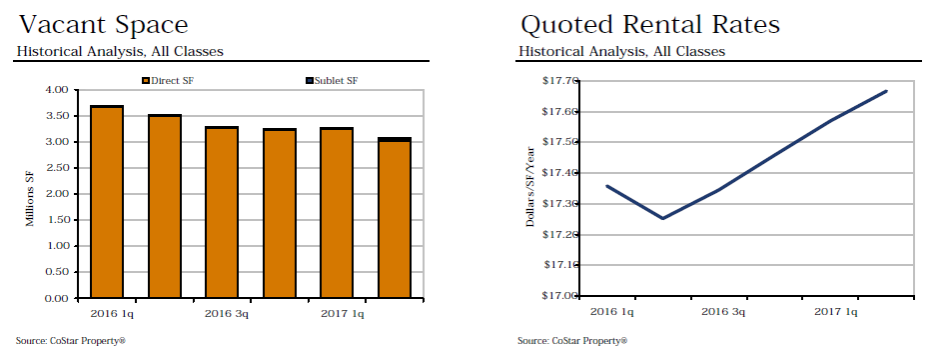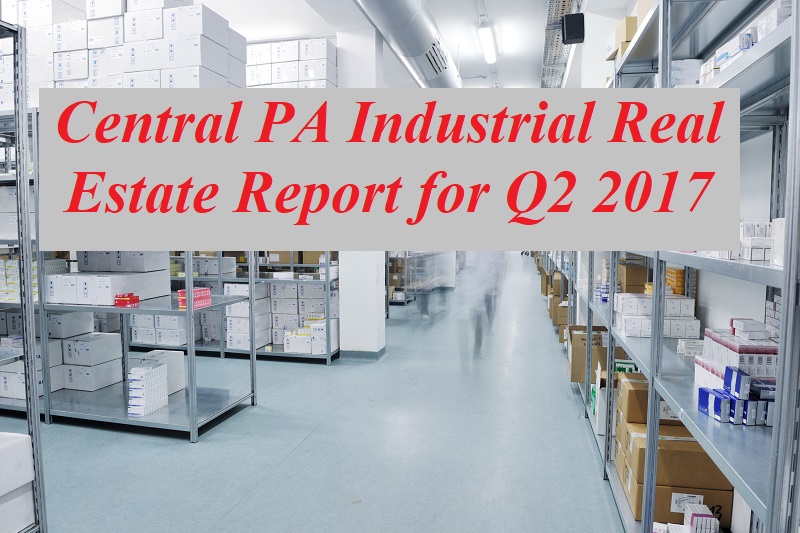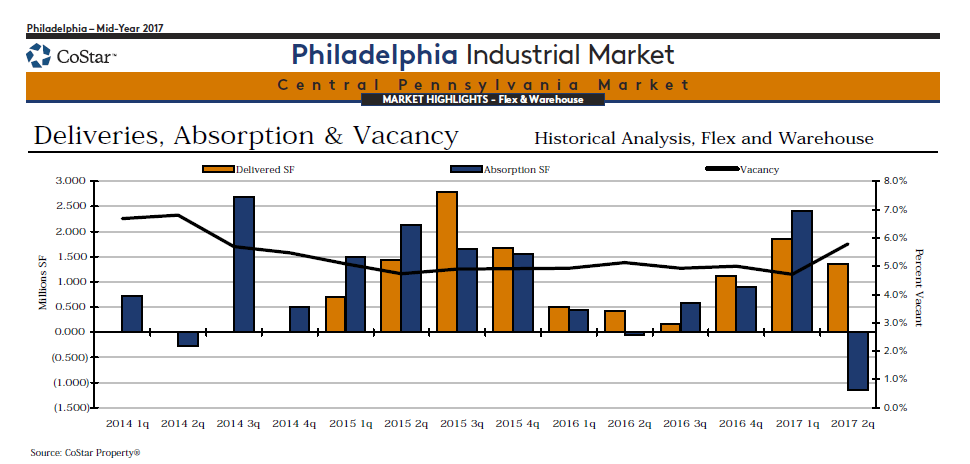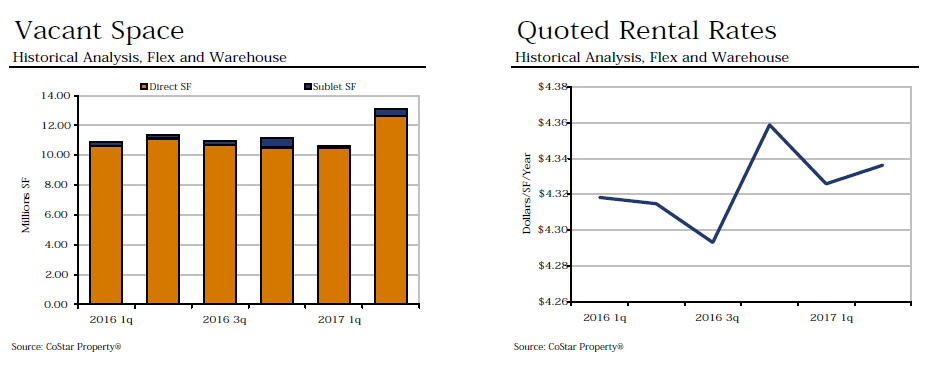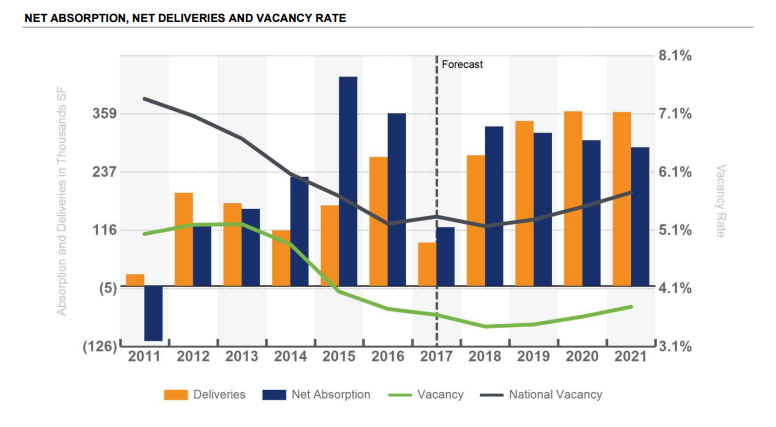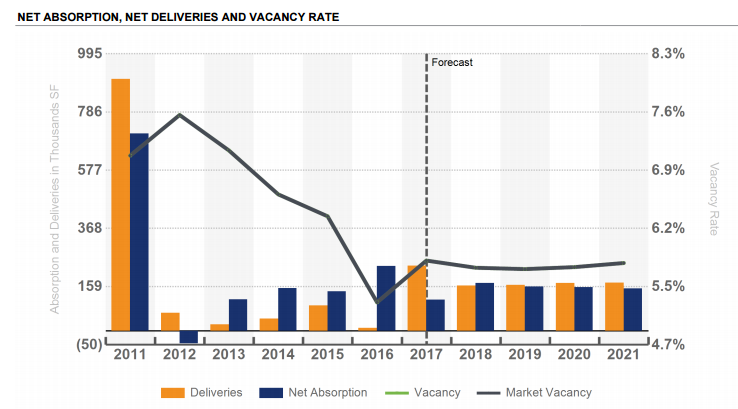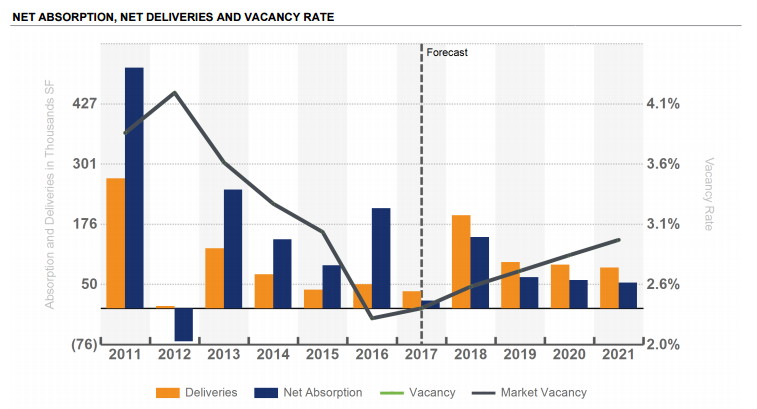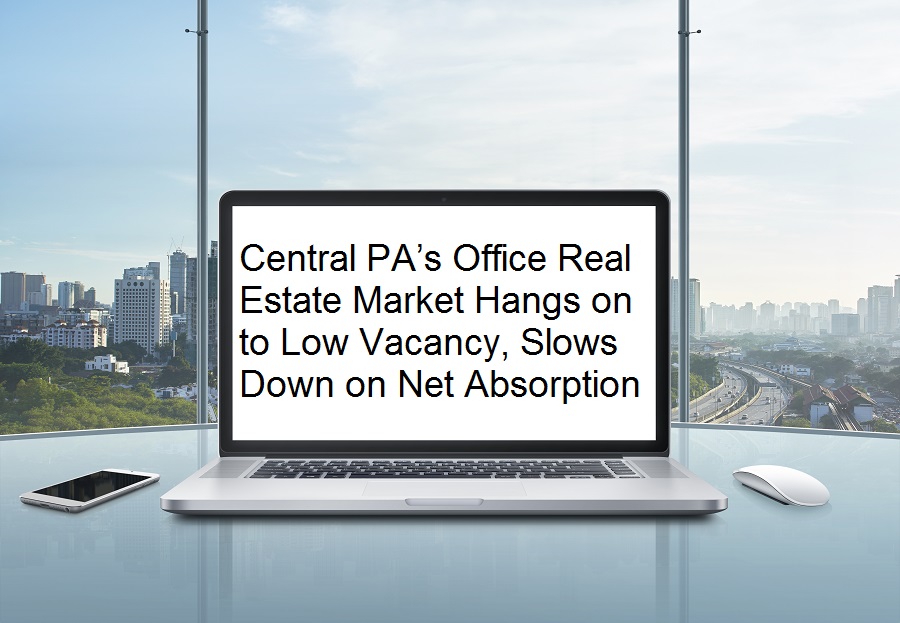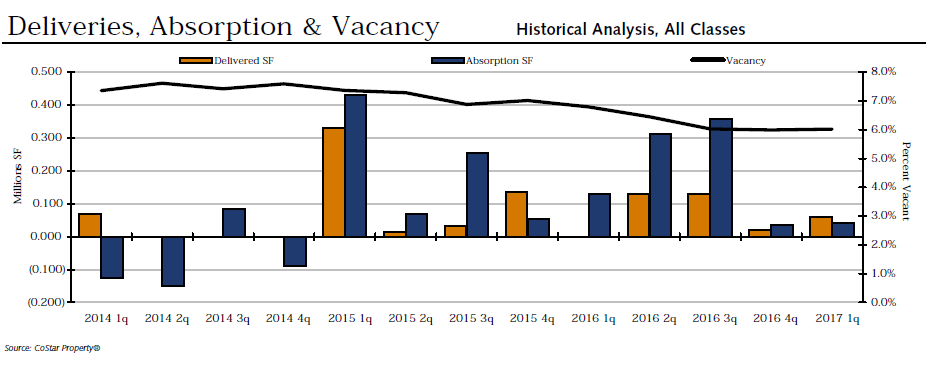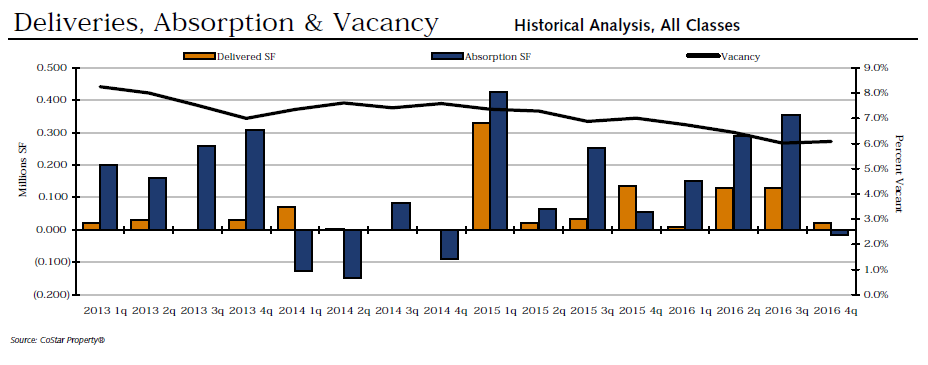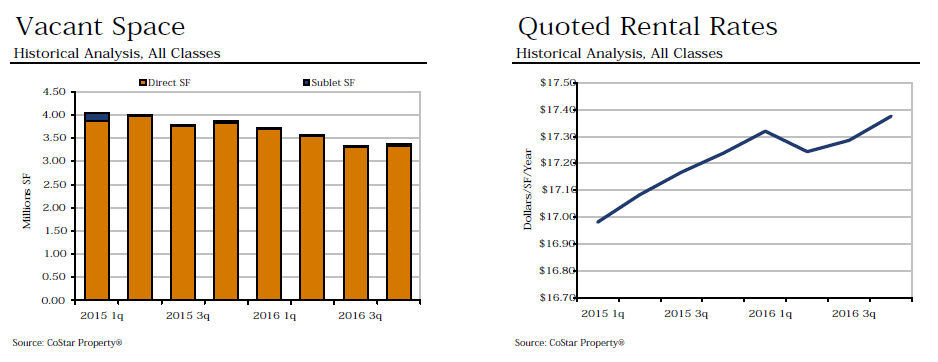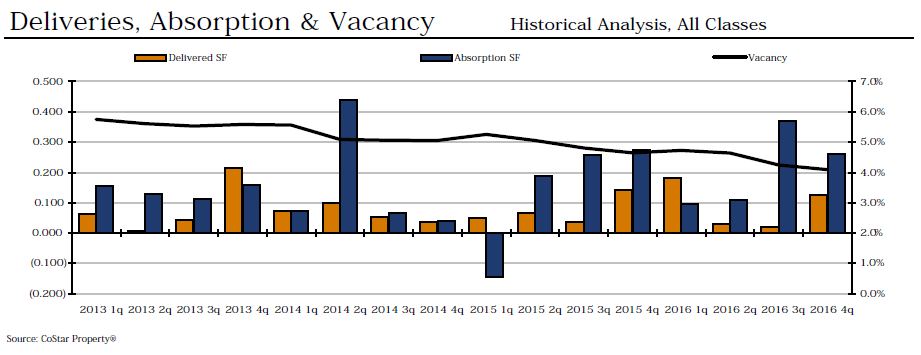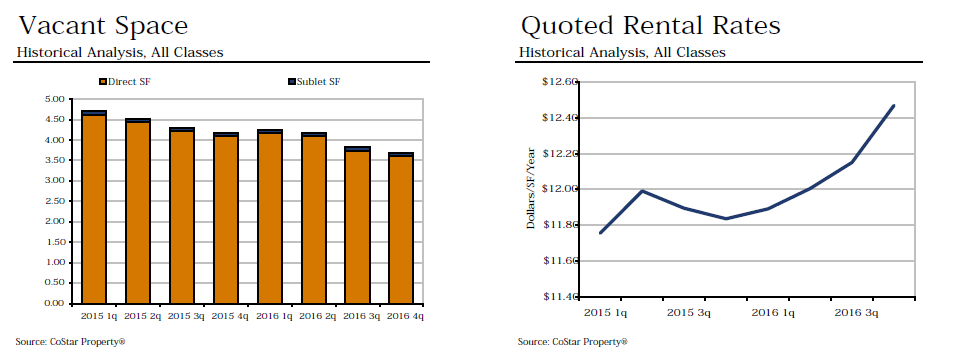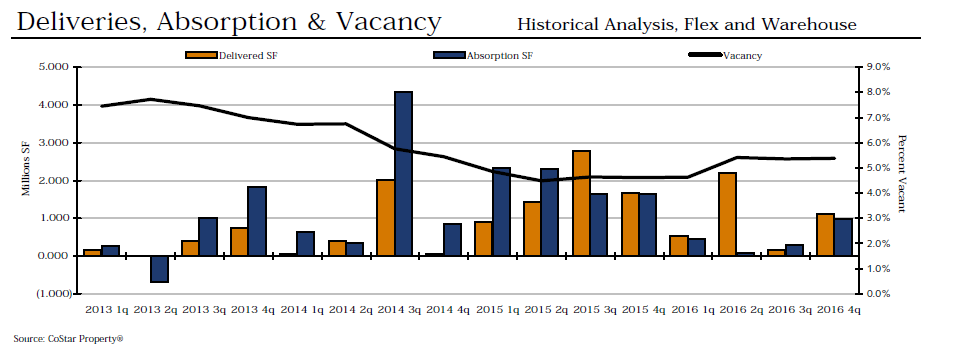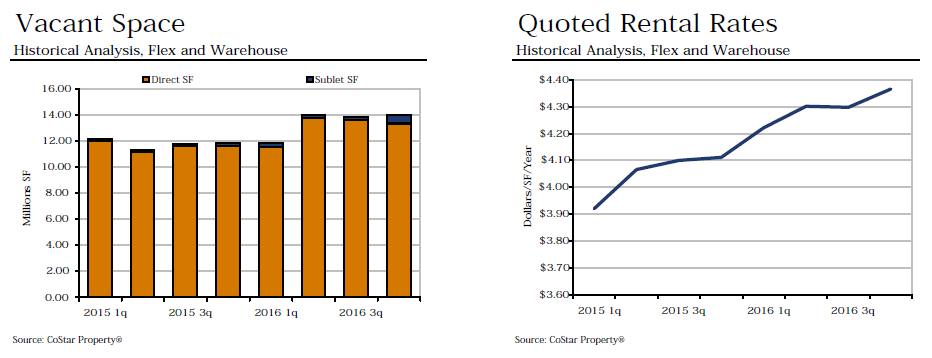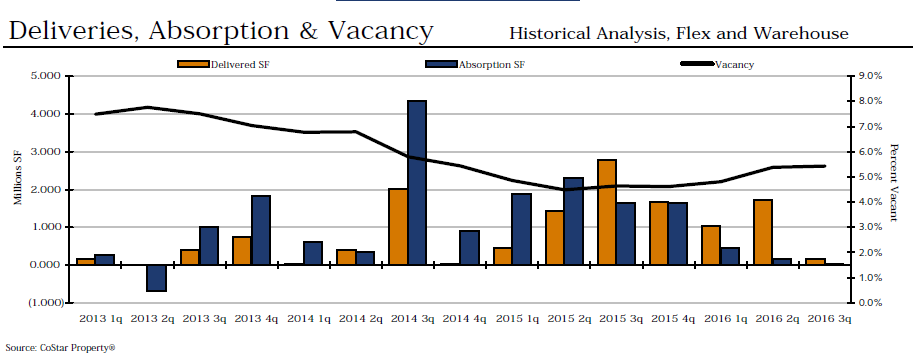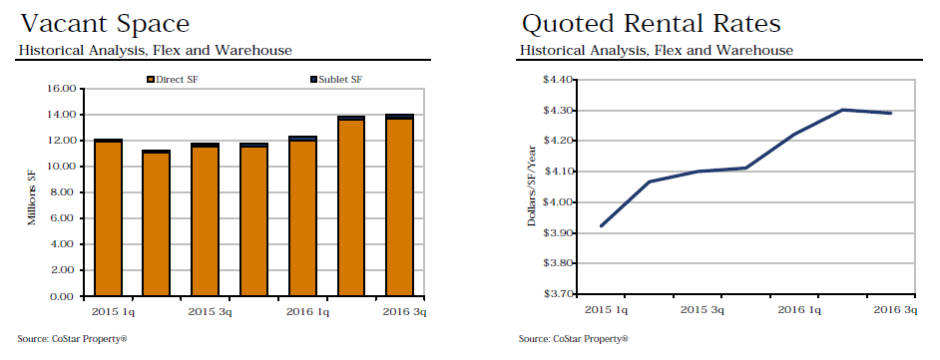It doesn’t take more than a quick glance through the news to read something about the fast and wild real estate market that has risen from the chaos of a global pandemic. Listings are selling within days of hitting the market, well above asking price, and construction can hardly keep up with the demand for new residential and commercial properties. There are many factors impacting the temperature of the market which make it quite different than the real estate “boom” we know all too well from 2008 – as well as the crash that followed.
Should real estate professionals as well as buyers, sellers, and builders be wary of a similar crash on the horizon? Without a doubt, the market cannot sustain this pace indefinitely, but it also doesn’t mean it will end in a crash-and-burn (or rather explosive) style that it did in 2008. Keep reading for a high-level overview of why the 2021 real estate boom is unique, and what we can expect as the tides inevitably turn.
Noteworthy Differences Between 2021 and 2008
Lower leverage and higher down payments – When the market corrected itself in 2008, overleveraged home buyers brought down the housing market, and some of that contagion spread throughout the rest of the property markets quickly causing a “wildfire” of sorts. As we now approach Q4 of 2021, the housing market is robust with buyers coming in with lower leverage than ever. Despite record-high housing prices, we’re also seeing a record-high percentage of house buyers bringing in 20% down payment or better. Meanwhile, 26% of all houses are sold to cash buyers. With so much money being printed by the Federal Reserve and still tight underwriting standards, only the most well-qualified house buyers are getting a chance to buy and even they are swamping the available inventory.
Slow and low construction – Housing construction levels remain well below that of the 2005–2007 period, which preceded the 2008–2010 correction. Part of that is due to wary housing builders who lived through the chaos of 2008. Another consideration is the disrupted supply chains due to COVID-19 deaths, illnesses, and lockdowns. Until we can fully resolve the prolonged impact of COVID-19 on a global basis, we can expect to deal with supply chain issues and higher prices from inadequate supply. And unfortunately, with the way that variants are arising from all the global hot spots, combined with anti-vaxxers, it’s going to be a long haul out of this storm.
Falling interest rates – Right now interest rates remain at record lows and falling. Interest rates will continue to fall during the current inflation spike and after; that’s how the mechanism of Federal Reserve money printing works. But it’s not advised to expect interest rates to climb just because rates are low today. Until the Federal Reserve changes its policy direction, there is no catalyst for higher interest rates, at least not yet.
Preparing for Impact: What kind of crash to expect?
Collectively, real estate professionals agree that a crash is on the horizon for office and retail real estate. Although “crash” may be too strong of a word – rather we should view it as a natural flow to the ebb we’ve experienced, and a course correction like what must occur after any major market shift.
Here are some important things that are boiling under the surface that will have an impact on the market sooner than later. Even with the general reopening of the U.S. economy, nationally office space demand is nowhere near what the still high asking prices for office buildings would imply. Furthermore, retail is getting crushed by online shopping, which reached escape velocity during the COVID-19 lockdowns. So, those two property segments have a lot of room to fall until property owners figure out how to adapt. The hard reality is that many commercial property owners may simply run out of cash before they can adapt and some of that price drop may spread to neighboring housing in 2022–2023.
Our current market is driven by supply and demand. While no one can predict the future with 100% accuracy, I don’t think we are heading for a catastrophic “crash” per se. Rather, I see the housing market continuing strong for at least eight to ten months before we see a significant slowdown and evening out.
Key Takeaways
The bottom line is that there is a property market readjustment coming, but it’ll be quite different from what the United States experienced in 2008. Those circumstances were uniquely reckless and volatile. Though real estate will always be (not crazy about this wording), often at a rapid pace, the market right now is not a castle built on quicksand as it was 13 years ago. As a whole, the nation has learned from these mistakes and is not endorsing overleveraging of buyers. Additionally, construction has slowed for various reasons, most beyond our control, which has naturally put some “brakes” on the market.
The most important takeaway is for potential real estate buyers. As it stands, there is no general advantage to wait. As interest rates fall, housing becomes more affordable at ever-higher prices. If you are in the market for property right now, then buy right now. Simply put, the market will continue to shift and where some pros lessen, others will emerge in your favor. The best move is to hunt for opportunities overlooked by others, so you don’t end up in an impossible bidding war or jump into a property that really isn’t the right fit for you. Don’t get caught up in the manufactured chaos but remain steady in your thinking and purchasing. Most importantly, link arms with a trusted real estate professional who can help you navigate the choppy waters of the market – now and into the future.
What is your take on the current real estate market and the potential for a crash in the future? Do you agree with this prediction or have one of your own to share? Join the conversation by leaving a comment!



